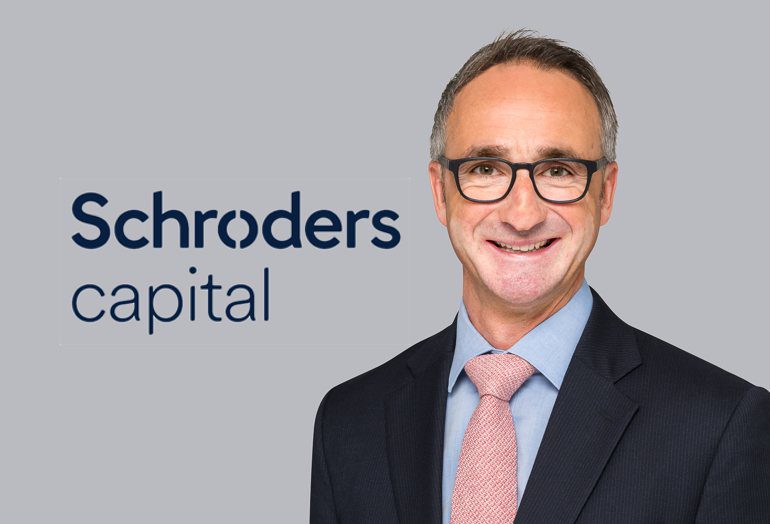Institutional familiarity, correlation story, rates to drive ILS growth: Ruoff, Schroders

Three factors are set to continue to drive the growth of the insurance-linked securities (ILS) market, the increasing institutional familiarity with the product, the correlation story continuing to be proved out and the best reinsurance market conditions in years, according to Stephan Ruoff, Schroders Capital’s Head of ILS.
Ruoff spoke with Artemis around the time of the Monte Carlo Reinsurance Rendez-vous 2022 event, to provide some insights into his and Schroders Capitals outlook for the ILS market.
Ruoff believes the ILS market is well-positioned for additional growth, although certain products are likely to prove more attractive than others.
He explained, “The ILS market has already started to grow back in certain segments, especially on the liquid side, i.e., cat bonds (especially UCITS funds); we also expect ILS-vehicles sponsored by re/insurers to increase in importance.
“Should 2022 deliver good results, this growth can accelerate.”
Ruoff also noted that Schroders Capital offers investment opportunities into life insurance and reinsurance linked securities, saying, “In addition, we also expect the Life segment of ILS to further grow as a natural extension of reinsurers balance sheets.”
According to the Head of ILS at Schroders Capital, there are some important factors that will drive growth and expansion of the ILS market going forwards.
Ruoff told Artemis, “The key drivers for growth are an increased institutional familiarity with ILS, that lack of correlation to other assets classes (some of which have been performing badly this year) and a recognition that reinsurance market conditions are the best for over a decade.
Adding one additional factor that is seen as a positive for future ILS market development, “With its inherent sustainability characteristics and positive ESG credentials, ILS can also play an important wider role in addressing the insurance protection gap, which will continue to fuel demand for additional risk-bearing capital.”
On the other hand, the market still has some challenges to overcome as it heads towards and into 2023, Ruoff believes.
One of these is, “Investor fatigue, as ILS has not delivered performance over the last five years as a result of an unusual frequency of small-to-medium natural catastrophe losses,” he explained.
While another is the need for ILS managers to demonstrate that they, “- Understand exposure growth, and the impacts of inflation and climate change that need to be reflected in risk modelling and determination of adequate compensation.”
For ILS end-investors, Ruoff provided some advice on what they should be focusing on, as we move towards the end of year reinsurance renewals, with thoughts turning to allocations for 2023.
Investors need to have a “Clear understanding of the risk/reward profile of ILS,” and he advised investors to “Focus on ILS manager selection.”
Ruoff went on to explain that this should include making sure investors understand an ILS managers skill set and capabilities, its depth of multi-disciplinary experts (nat cat risk and climate specialists), how mature its risk analytics process is and whether it has its own view, or relies on vendor models, as well as how robust its sourcing and structuring capabilities are.
On top of this, investors should be looking for strong expertise in post-event analysis, so as to avoid adverse loss development, and a broad range of product offering including life, non-life or a mix thereof. He also said considering the independence of an ILS manager is important.
Finally, Ruoff commented that investors must consider, “Last but not least, absolute and relative performance.”
Read all of our interviews with ILS market and reinsurance sector professionals here.






